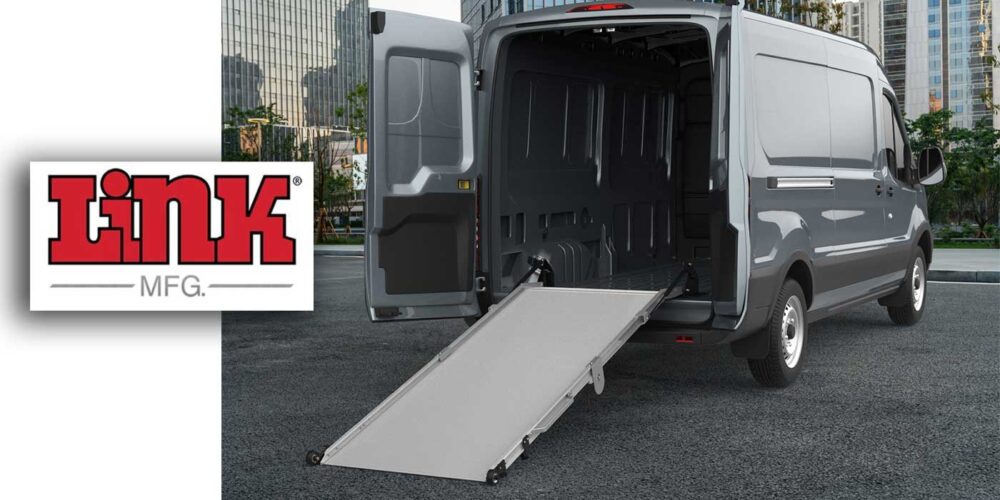I recently scrapped a number of older tire and wheel presentations used in industry meetings, some dating back to the 1980s. Most were truly obsolete. For example, we are no longer concerned with different alignment settings for bias versus radial tires; tube chafing was eliminated with a complete change to tubeless tires; and factory-installed balance patches are unheard of with modern precision radials.
Through the new CSA program, complete strangers will now be looking at your tire program: Inspection officers, government administrators and, potentially, enforcement personnel. Although you probably haven’t met them yet, they are interested in your program. Traditional in-house maintenance standards and policies may or may not be adequate to satisfy these third-party evaluations.
Also consider that any shortcomings will likely affect not only your company image and finances, but also the personal driving records of your employees/drivers. This can, of course, ultimately cause further difficulties in driver retention, recruiting and your corporate image. It’s important to commit your tire program procedures, policies and responsibility assignments to clear, concise written documents. Simple verbal or informal guidelines won’t cut it when enforcement personnel ask hard questions.
Another concern is the trend of maintenance outsourcing, especially in the tire/wheel area. Communication with vendor(s) is the biggest challenge. There is no substitute for providing clear expectations and having a tracking mechanism beyond the basic invoice/payment system to ensure goals are being met.
The Technology and Maintenance Council (TMC) has recognized this need and can provide help in the form of newly developed Recommended Practices (RP) for fleets. RP 236, “Outsourcing Guidelines for Tire and Wheel Maintenance,” has been updated and the newly formed TMC S.16 Service Provider Study Group has published its first two RPs: “Repair Order Authorization and Approval” (RP 1602), and “Guidelines for Measuring Equipment Users Customer Satisfaction” (RP 1601).
Other cost-saving refinements should be considered. Goals include maximizing tire-related fuel economy, extending take-off mileages, ensuring high-quality puncture repairs, and minimizing the use of non-fleet standard tires in over-the-road purchases. While each of these should be dealt with in detail, much can be learned by astute observation of operators with mature “best practice” tire programs. Fleets who have been outsourcing tire/wheel services through established “partnerships” with trusted suppliers for years work jointly with providers to establish strategically located service facilities matched to their traffic density routings. As usage patterns become established, contracts can be forged that require vendors to inventory agreed upon numbers of specific tire brands/sizes/types. On-road purchases should be final and not require corrective action. Penalties for supplying less than optimum choice tires and service may also be imposed as incentives. Thus, future trips to in-house company service locations are not necessary to match tires across axles, match dual sets, avoid trailer tires on drives, etc.
Ideally, all failed tires should be returned for accurate analysis, since this information is the most direct and timely input to identify tire selection and maintenance issues before they become widespread. The benefits of scrap tire analysis are well known, but, regardless of who is charged with input of data, standardized classifications are mandatory if the data generated are to be reliable and productive. The newly updated TMC Radial Tire Conditions Analysis Guide can be used for this purpose, although added detail may be helpful to focus on specific tire brands/types.
An overall goal should be avoiding premature removal of any tires for other than safety-related reasons. It is well documented that the rolling resistance differences between new and late life examples of the same tire often exceed the difference among competitive brands or types. Every effort should be made (e.g. using high quality repairs, avoiding irregular wear, maintaining correct alignment, establishing consistent safe but shallow pull points, etc.) to utilize the full wear potential of your tires.
As always, many knowledgeable industry suppliers are available to help.













